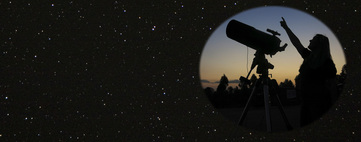I just don’t know how our SAS member Dylan O’Donnell managed to put this amazing event all together, it started out as an idea of bringing some real science to his area of Bryon Bay and ‘O Boy’…look at what it grew into and with the support from our club we were able to put together a wonderful event for everyone that attended.
Absolutely awesome!!!
SAS has put together a special edition of our e-newsletter called ‘Event Horizon’ please go to the website and download a copy at: http://sas.org.au/wp-content/uploads/2017/07/SAS-EH-July-2017-small.pdf
Below are some images of us in our bright yellow Star Staff t-shirts, we all had an fantastic time,
but very busy…
Then Mark Gee who’s a renowned New Zealand astro-photographer, who showed and explained how he takes his stunning wide field images of the night sky. http://theartofnight.com
but assured us that the universe would be all Ok :-)
http://www.astrokatie.com
Dr Alan Duffy's website is at: http://www.alanrduffy.com
Machaela Jeffrey gave us an overview of the current operations of ESA’s operation here in Australia with the same set of problems that Jamie has with getting support for the space industry here in Australia…hopefully it will change in the near future.
But that was not all; our own Dylan O’Donnell gave a wonderful presentation on how he takes his beautiful images and shared a lot of his knowledge with everyone with a few excellent tips and secrets to help people take better images of the night sky, great presentation Dylan! http://deography.com/byron-bay-observatory/
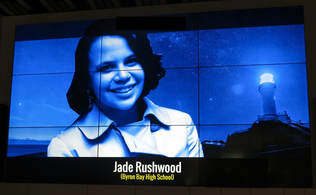
Jade was rewarded with a resounding applause and given a brand new Australian Geographic telescope to help with her new discoveries in the night sky.
Bryon Community Primary School: http://www.bcps.org.au
Australian Geographic http://www.australiangeographic.com.au
Celestron Telescopes: https://www.celestron.com
BIntel: https://www.bintel.com.au
http://www.mystardustobservatory.com/astro-blog/-solar-prominence-on-display-for-star-stuff-astronomy-event
Is there going to be a Star Stuff2…you bet, Dylan has already locked in the date of Saturday the 30th June and Sunday the 1st July 2018. Please go to the Star Stuff website and sign up for Star Stuff2 updates at https://starstuff.com.au and we’ll see you all there again next year for another amazing ‘Out of this World’ event, Noeleen ;-)
Noeleen Lowndes (President)
Southern Astronomical Society (Gold Coast) QLD Australia
http://sas.org.au

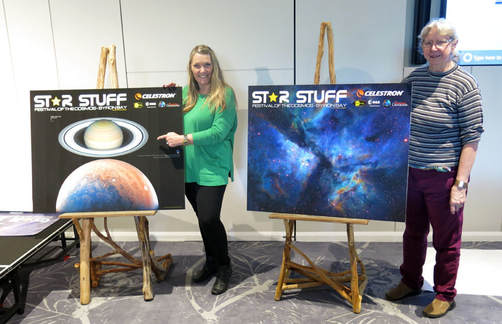
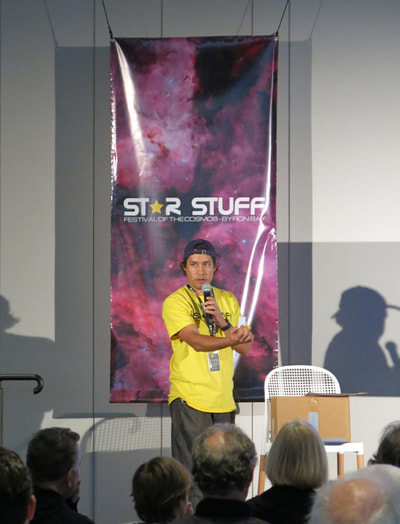
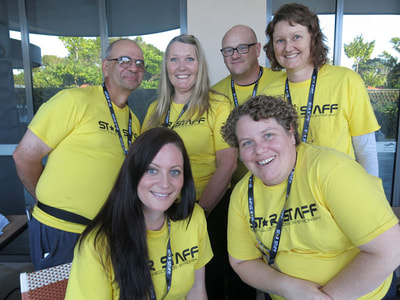
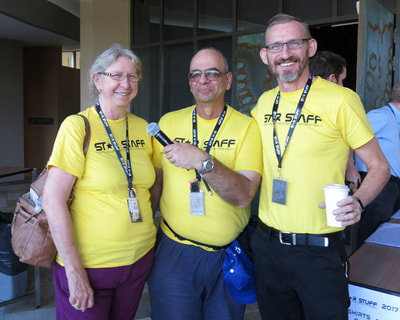
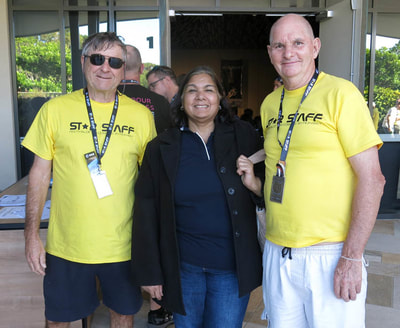

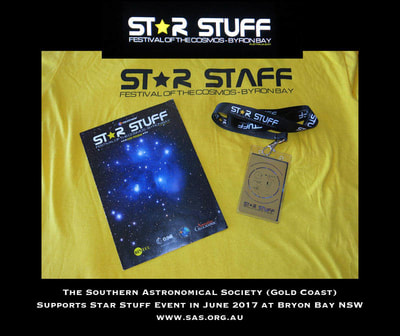

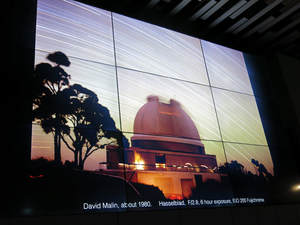
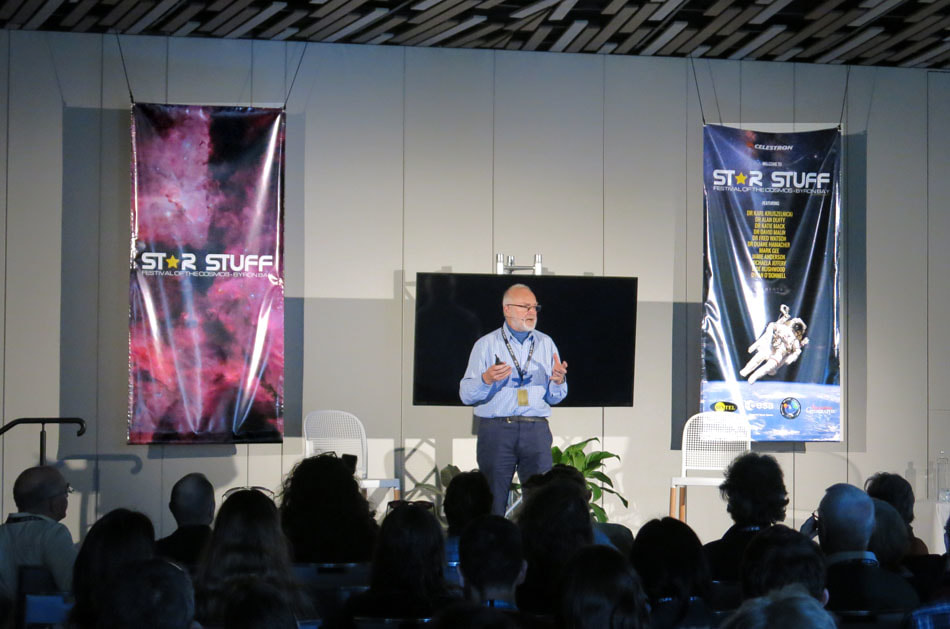
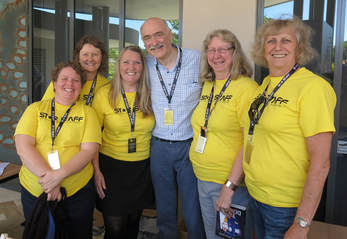
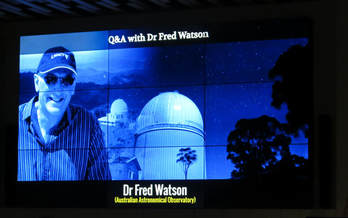
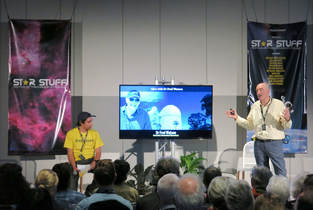
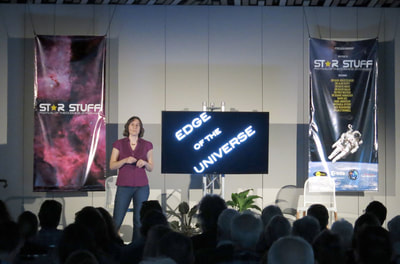
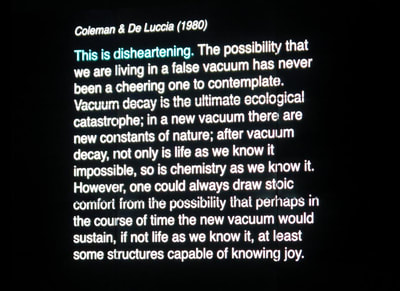
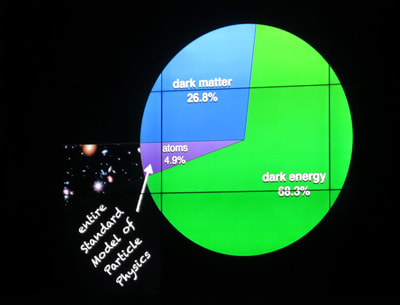
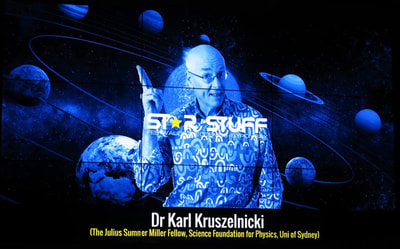
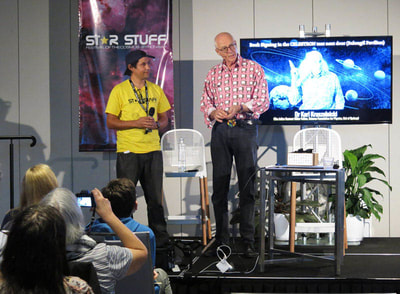
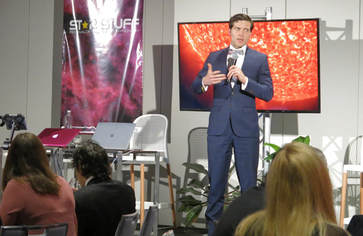
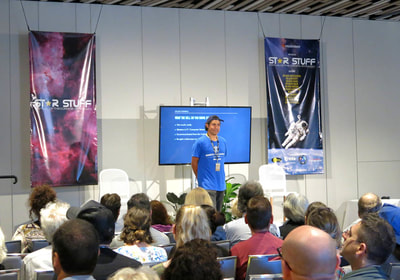
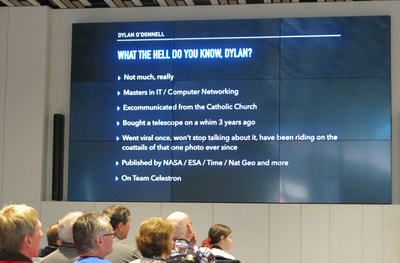
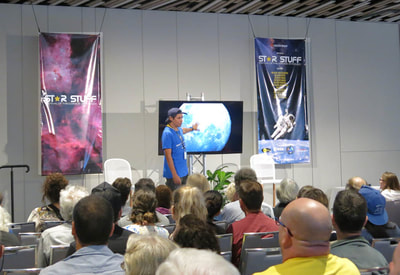

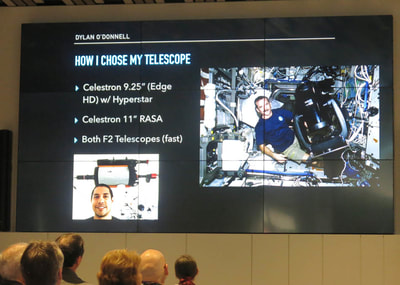
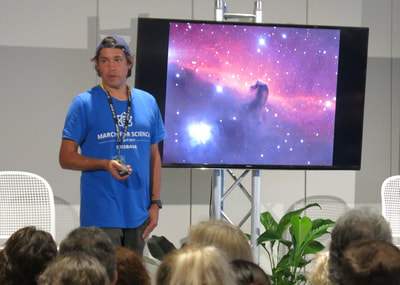
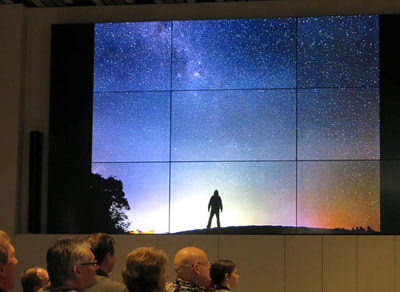
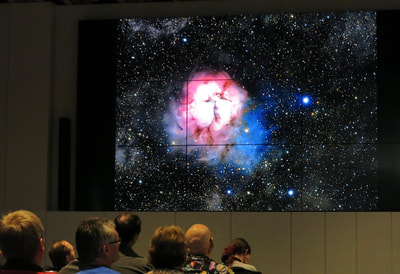
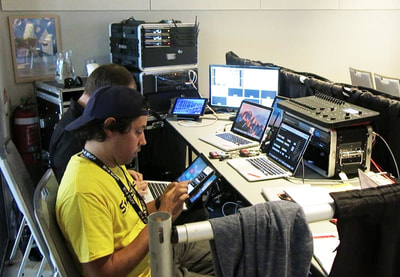
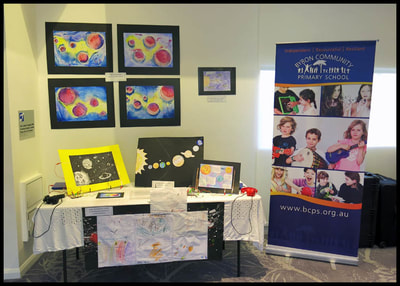

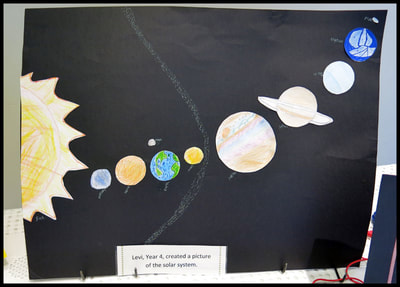
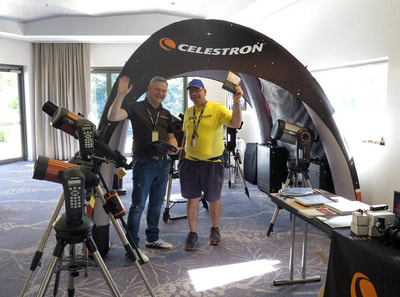
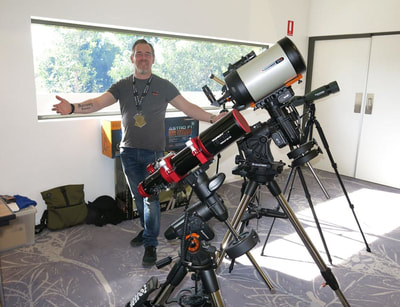
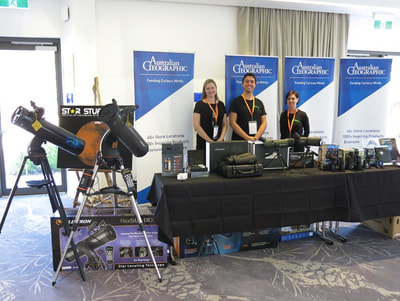


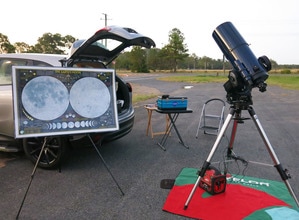
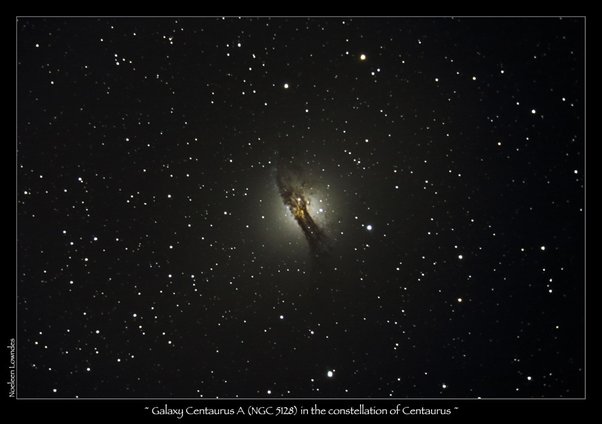
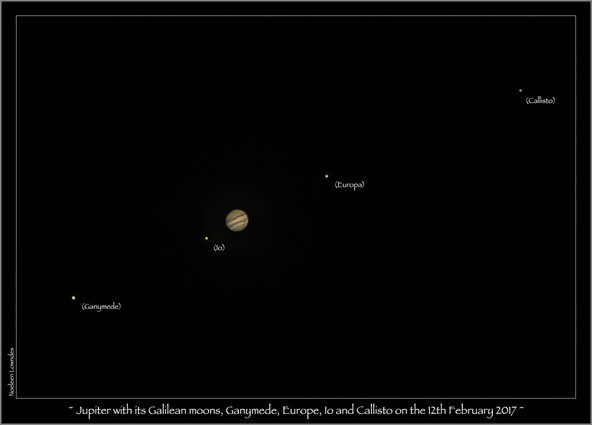
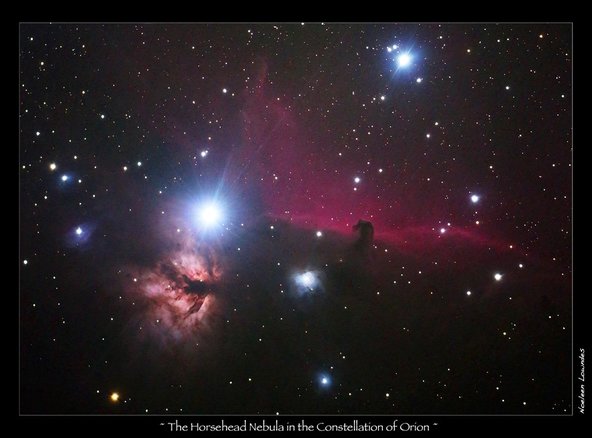
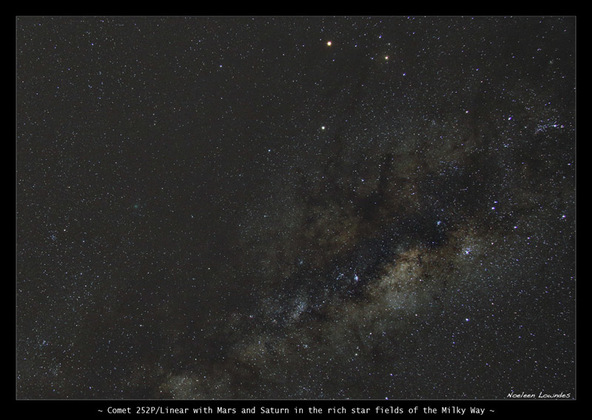
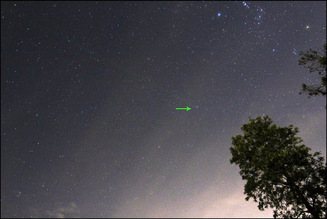

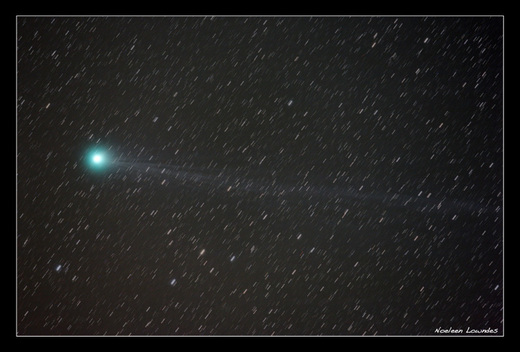
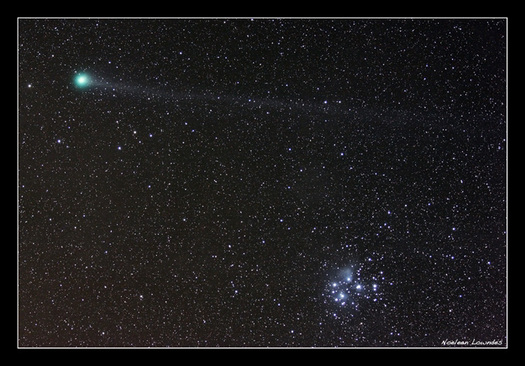
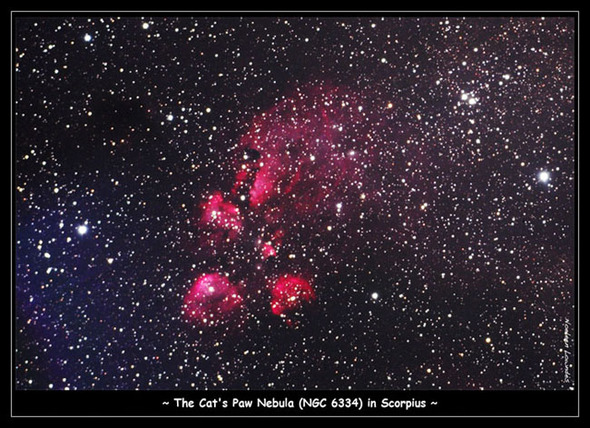
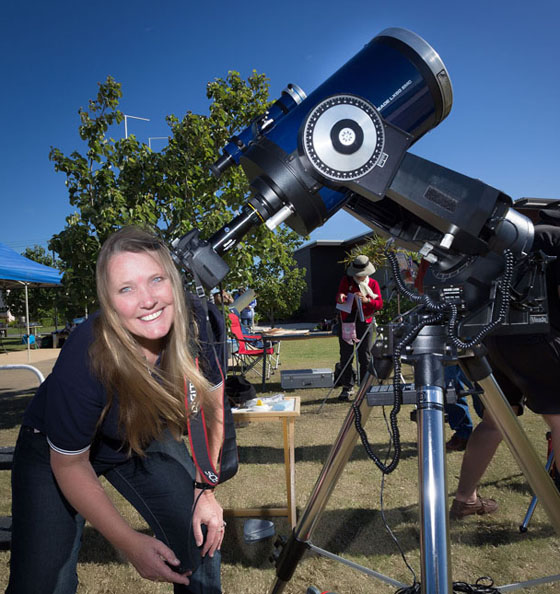
 RSS Feed
RSS Feed
